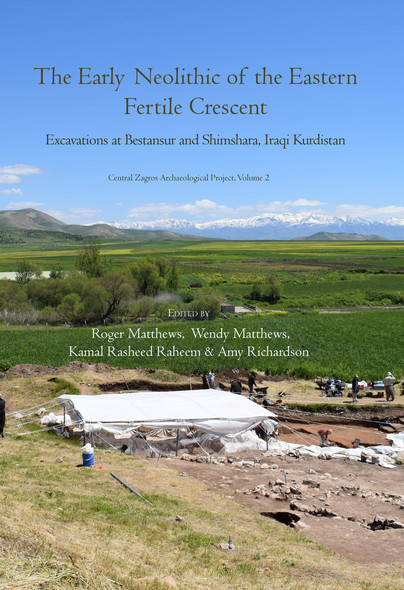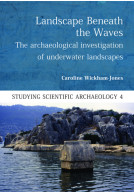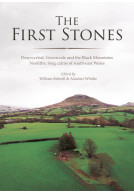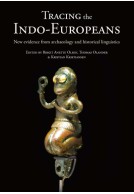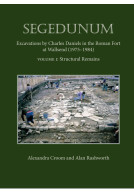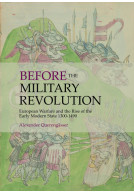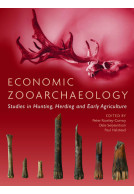The Early Neolithic of the Eastern Fertile Crescent (Hardback)
Excavations at Bestansur and Shimshara, Iraqi Kurdistan
Imprint: Oxbow Books
Series: Central Zagros Archaeological Project
Pages: 720
Illustrations: b/w and colour
ISBN: 9781789255263
Published: 31st July 2020
Script Academic & Professional
Series: Central Zagros Archaeological Project
Pages: 720
Illustrations: b/w and colour
ISBN: 9781789255263
Published: 31st July 2020
Script Academic & Professional
You'll be £65.00 closer to your next £10.00 credit when you purchase The Early Neolithic of the Eastern Fertile Crescent. What's this?
+£4.99 UK Delivery or free UK delivery if order is over £40
(click here for international delivery rates)
Need a currency converter? Check XE.com for live rates
(click here for international delivery rates)
Need a currency converter? Check XE.com for live rates
The Eastern Fertile Crescent region of western Iran and eastern Iraq hosted major developments in the transition from hunter-forager to farmer-herder lifestyles through the Early Neolithic period, 10,000-7000 BC. Within the scope of the Central Zagros Archaeological Project, excavations have been conducted since 2012 at two Early Neolithic sites in the Kurdistan region of Iraq: Bestansur and Shimshara. Bestansur represents an early stage in the transition to sedentary, farming life, where the inhabitants pursued a mixed strategy of hunting, foraging, herding and cultivating, maximising the new opportunities afforded by the warmer, wetter climate of the Early Holocene. They also constructed substantial buildings of mudbrick, including a major building with a minimum of 65 human individuals, mainly infants, buried under its floor in association with hundreds of beads. These human remains provide new insights into mortuary practices, demography, diet and disease during the early stages of sedentarisation. The material culture of Bestansur and Shimshara is rich in imported items such as obsidian, carnelian and sea-shells, indicating the extent to which Early Neolithic communities were networked across the Eastern Fertile Crescent and beyond. This volume includes final reports by a large-scale interdisciplinary team on all aspects of the results from excavations at Bestansur and Shimshara, through application of state-of-the-art scientific techniques, methods and analyses. The net result is to re-emphasise the enormous significance of the Eastern Fertile Crescent in one of the most important episodes in human history: the Neolithic transition.
Other titles in the series...
Other titles in Oxbow Books...







